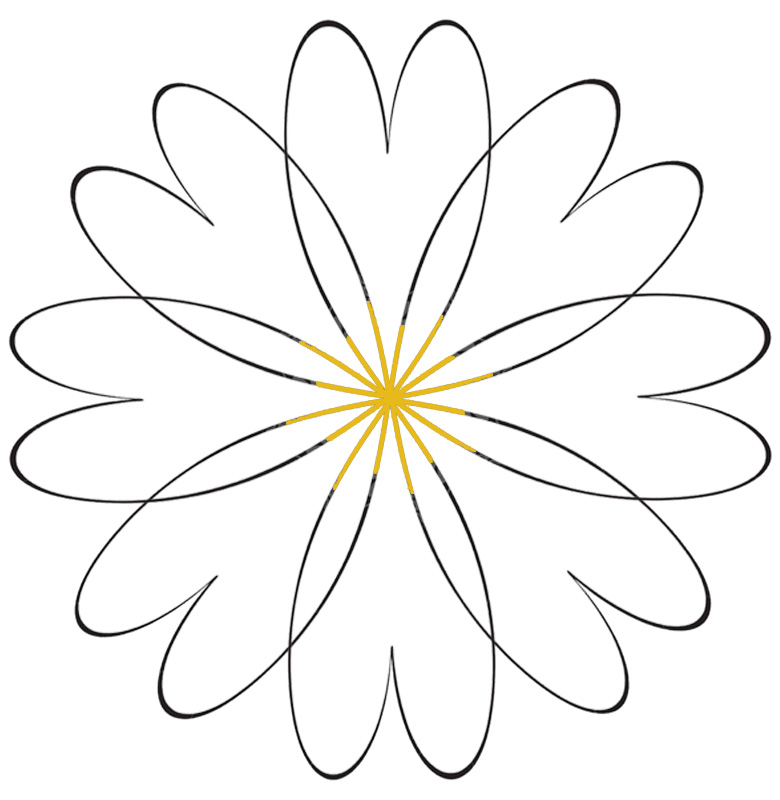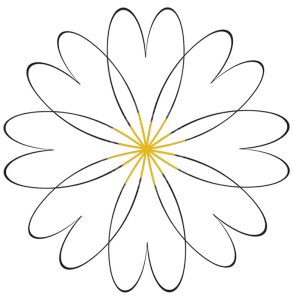5 Elements Personality Types
Discovering The 5 Personality Types – Which one are you?
by Galit Hughes
The theory of the five elements is one of the main tools an acupuncturist can use in order to understand a person’s nature, personality types and symptoms of disease.
The five element cycle is related to the cycle of the seasons throughout the year:
- from Spring (wood element),
- to Summer (fire element),
- to Autumn (metal element),
- and on to Winter (water element)
The pivot around which the seasons and the elements turn, relates to the earth element, which is the element of late Summer. Each element also corresponds to a climate, taste, emotion, internal organ and part of the body.
See table below
| Wood | Fire | Earth | Metal | Water |
| Wind | Heat and Fire | Damp | Dryness | Cold |
| Green | Red | Yellow | White | Black |
| Anger | Joy | Thinking | Sadness | Fear |
| Sour | Bitter | Sweet | Pungent | Salty |
| Liver | Heart/Pericardium | Spleen | Lungs | Kidney |
| Gallbladder | Small Intestine/Triple Heater | Stomach | Colon | Bladder |
| Tendons | Arteries | Flesh | Skin | Bone |
People can be ‘classified’ according to the five-element theory. Their body structure, tendencies, temperaments, emotions, positive and negative behaviour, moods and illnesses can all be looked at in relation to the five elements. We are all part of nature, the seasons, the Heaven and the Earth and therefore we are not a manifestation of only one element but of all of them. What makes us different from one another (amongst other things) is which of the elements is more or less dominant in relation to the others.
Usually there are one or two elements that are predominant in a person. Below is a description of the stereotype for each of the five elements. Included is a list of illnesses with corresponding elements and suggestions as to how to stay healthy. It is good to keep in mind, that each element can manifest in both positive and negative tendencies, depending upon the state of health and balance in the person at the time.
So, read on to find your dominant element(s) according to Traditional Chinese Medicine.
Wood personality type
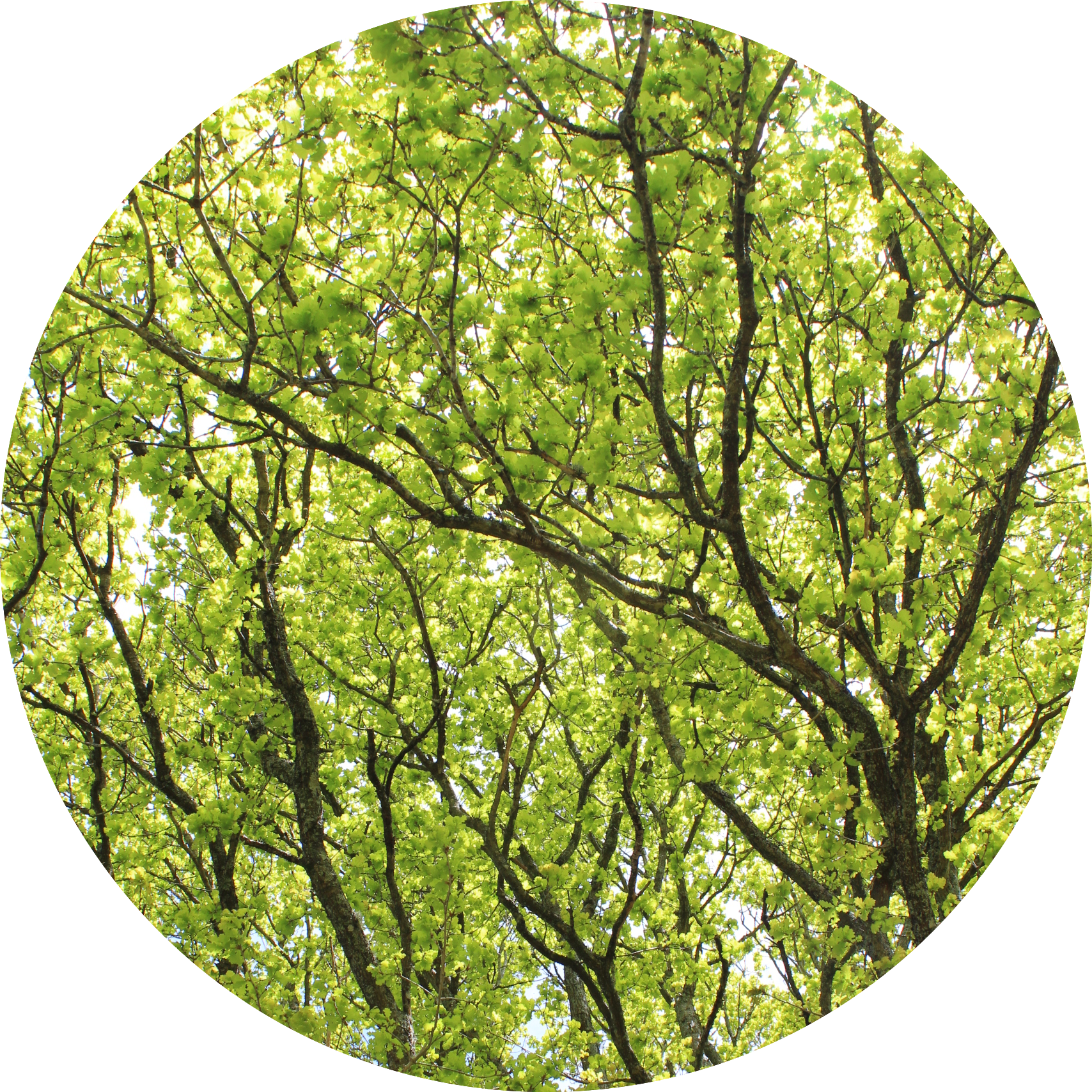 Wood type people have a greenish complexion, small hands and long face with a pointed chin and wide shoulders. They are seldom overweight due to their fast-working metabolism. These people are very organised and logical. They plan things well and get frustrated if they go wrong. They are thinkers, their mind is always on the go so they tend to always be doing something. They seek challenges and push to the limit. They love action, movement and adventure and like to be the first and the best.
Wood type people have a greenish complexion, small hands and long face with a pointed chin and wide shoulders. They are seldom overweight due to their fast-working metabolism. These people are very organised and logical. They plan things well and get frustrated if they go wrong. They are thinkers, their mind is always on the go so they tend to always be doing something. They seek challenges and push to the limit. They love action, movement and adventure and like to be the first and the best.
The emotion associated with the Wood element is anger. When anger predominates, a person becomes easily upset by frustration and obstacles and unable to appropriately restrain their feelings. They get angry easily and are prone to shouting. These unstable emotions result in the uneven circulation of Qi (energy) and Blood, creating a generalised state of tension and stress.
Usually they exert tremendous self-discipline in order to maintain self-control and composure. Wood types prefer mornings to afternoons. They benefit form meditation. Yoga or Thai Chi helping them to modulate their intensity and encouraging their bodies to stay flexible, as they tend to have tight muscles and suffer from cramp. It is important to them to eat slowly, while relaxed. Climatic wind can cause them headaches as can drugs, alcohol and irregular sleep. They are prone to nervous disorders, eye strain, allergy type disorders (often products), sinusitis, hayfever and to ailments such as ulcers, haemorrhoids and migraine headaches.
Fire personality type
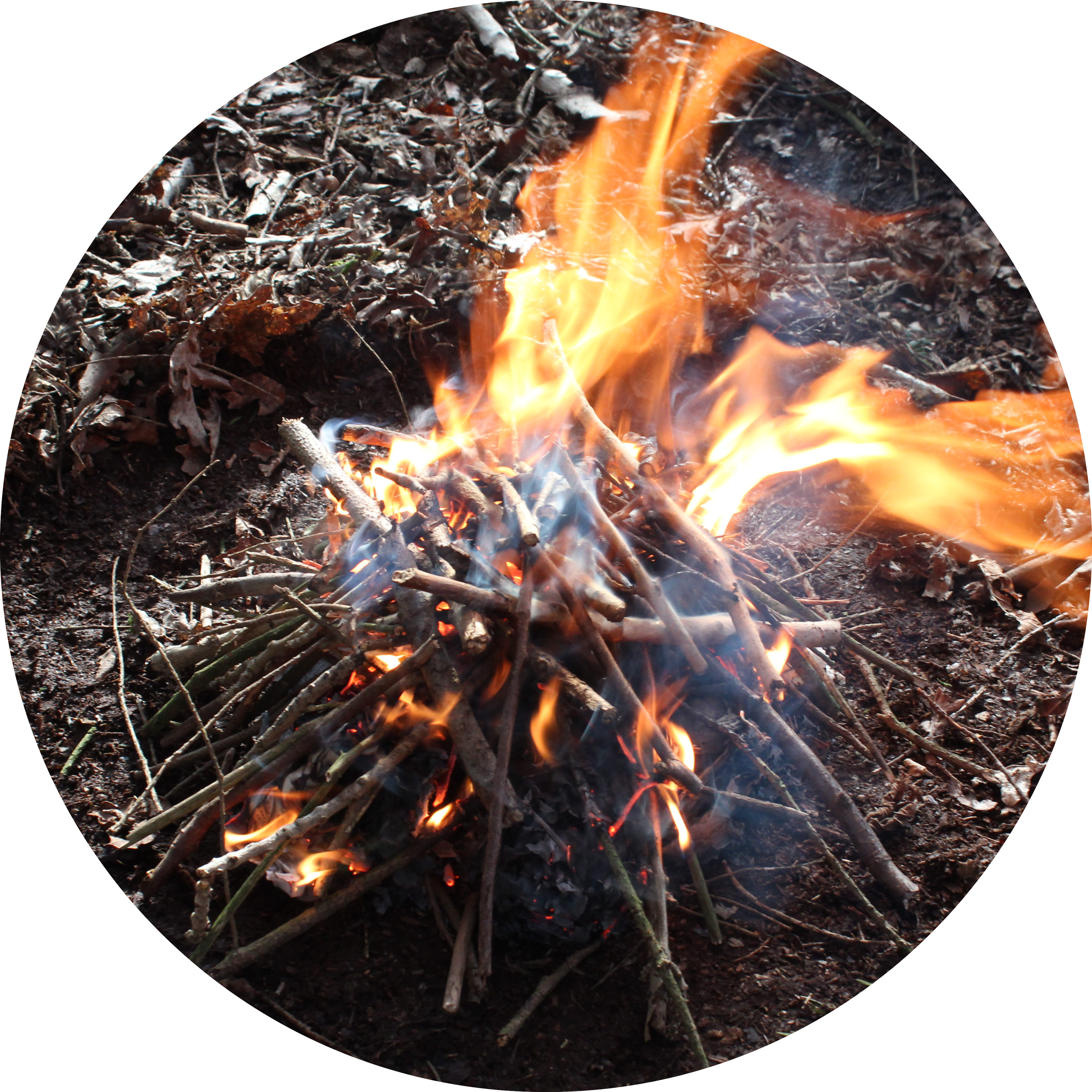 Fire type people have a red complexion and a skinny face. They are full of muscles in the back and have a small head. They have a stable step and sway their shoulders while walking. Fire people are energetic, they believe in the power of charisma and desire. The have creative potential, are intuitive and passionately emphatic.
Fire type people have a red complexion and a skinny face. They are full of muscles in the back and have a small head. They have a stable step and sway their shoulders while walking. Fire people are energetic, they believe in the power of charisma and desire. The have creative potential, are intuitive and passionately emphatic.
They love sensation, drama and sentiment. Fire types are unconcerned about material wealth. They tend to have little confidence, plenty of worries, are sharp and fond of beauty.
Joy is the emotion associated with the Fire element; therefore pleasure is the main focus of these people’s lives. They seek gratification at every turn and can become jaded, driven to seek still more stimulation. They appear fun-loving and romantic but in fact may be unable to sustain their interest and excitement without external props and other peop0le’s attention.
They dislike being alone. By themselves they feel lifeless; in company they come alive. Their easy excitability manifests as giggling and talkativeness. When they are not up, they are down. When they are not filled with excitement, they feel empty and hopeless.
Hot weather exhausts Fire people, as they are hot by nature (Heat is the climate associated with the fire element). They should live on a low salt, natural food diet. They should not smoke or consume excess alcohol. Regular and gentle exercise, as well as relaxation techniques and stress management will help them relax. Fire type people are prone to anxiety, insomnia and depression. They are subject to physical problems of cardiovascular nature such as hypertension, palpitations, arrhythmia, arterial circulation problems and ailments such as sweating, varicose veins, haemorrhoids and high cholesterol.
Earth personality type
Earth type people have a yellowish complexion, round faces and big heads, big abdomens, small hands and feet and plenty of muscles. They have a sing-song voice. They are calm in temperament, fond of helping people and like to be involved and needed.
They love to associate with other people, seek harmony and togetherness and insist upon loyalty, security and predictability. They have a dislike of power. The emotion associated with the Earth element is Rumination. When a person is overly pensive and contemplative, he/she can easily become fixated on worrisome thoughts and ideas.
Earth type people can therefore often be tormented by their over-concern for details and can become caught up in circular thinking from which there is no escape. Other people can depend on this type of person because they are reliable, sympathetic, and good caretakers.
Without the demands of work or responsibility to others, they can become inert, dropping back into the well-worn trails of their own mind. In this state, their energy becomes stagnant and leads to poor digestion, heaviness and flabbiness. They need to balance their devotion to relationships with solitude and self-expression, developing self-reliance as well as building community.
They have a tendency for excess eating and good living that leads to obesity, stomach ulcers and diabetes. They may suffer from disorders of the joints, particularly arthritis, and especially involving the wrists and ankles. Woman often have irregular menstruation with weight gain from cycle to cycle and men are prone to early prostatitis.
Metal personality type
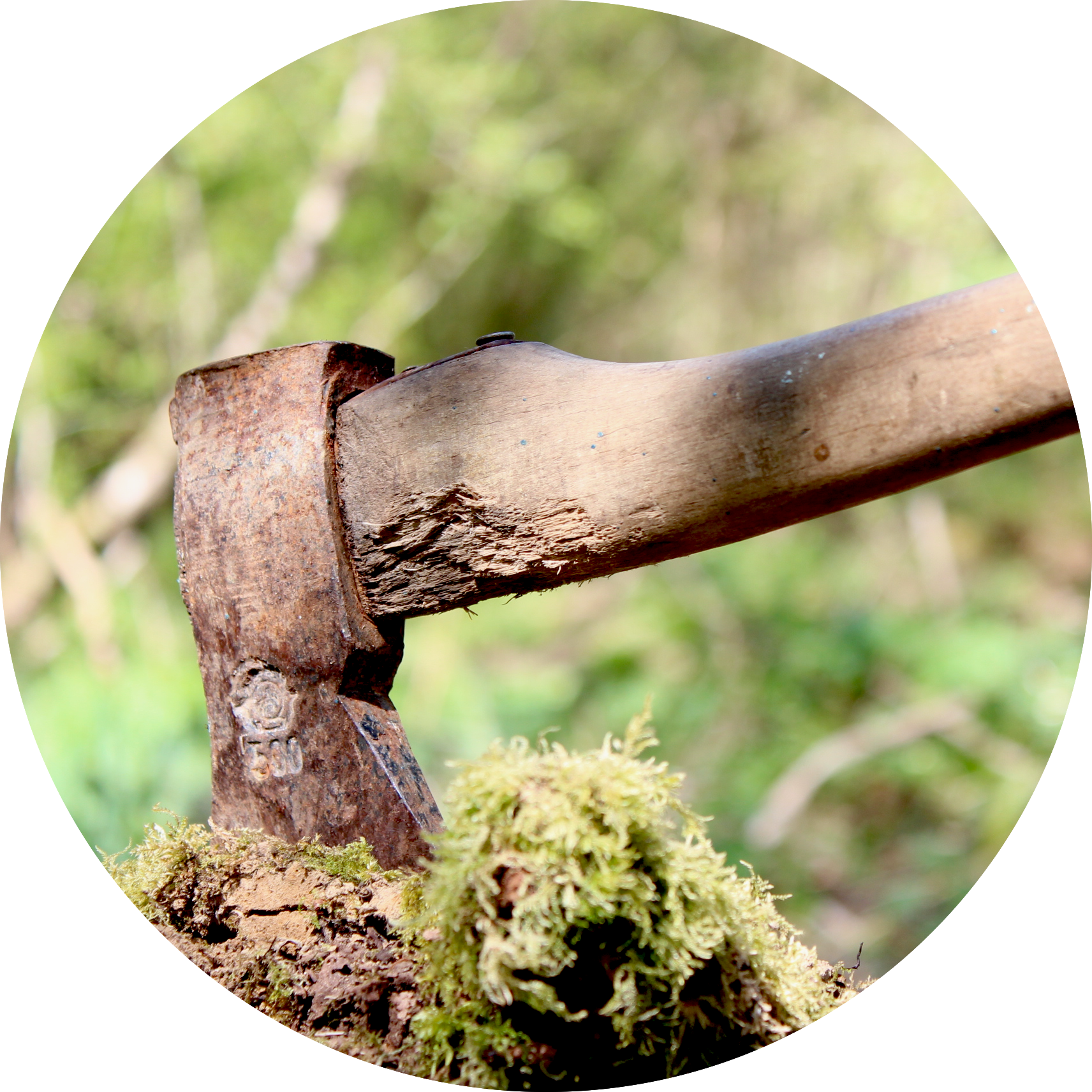 Metal type people have a white complexion, square faces, small heads, small shoulders that tend to be bent forwards, small abdomens and small hands and feet. Often they have excess body hair.
Metal type people have a white complexion, square faces, small heads, small shoulders that tend to be bent forwards, small abdomens and small hands and feet. Often they have excess body hair.
They are hasty in temperament, able to adjust to different environments, often choose official duties and tend to be surrounded by an aura of sadness, often seeming close to tears. Metal people like definition, structure and discipline; they seek to live according to reason and principle.
The emotion associated with the metal element is Grief or sadness. When sadness pervades, a person may isolate and defend him/herself from the pleasure of attachment and the pain of loss. Metal type people arrange their lives for the purpose of avoiding risks and the vagaries of passion. They can become possessive, acquisitive, and domineering in an effort to control their environment.
Their striving for self-protection may keep them too detached and inaccessible, fearful of true intimacy. They tend to be pleasant but cool. Their lives are designed to keep their feelings in.
They should refrain from eating mucous forming foods (dairy products, bananas, oranges and peanuts). They should not smoke and benefit from deep breathing exercises. Over-control is their theme and can manifest as asthma, constipation or frigidity. They often suffer from ligament and joint problems such as tennis elbow, arthritis in the shoulder and deforming rheumatism. Metal types need to compensate for their rationality, self-control and meticulousness with passion, spontaneity and social involvement.
Water personality type
 Water type people have a greyish complexion, dark rings under their eyes, big heads, small shoulders, big abdomens, active hands and feet, and back longer than average. Their movement is fluid but can appear difficult.
Water type people have a greyish complexion, dark rings under their eyes, big heads, small shoulders, big abdomens, active hands and feet, and back longer than average. Their movement is fluid but can appear difficult.
Water types are articulate, clever and introspective, self-contained and self-sufficient. They are penetrating, critical and scrutinising, seeking knowledge and understanding. They like to remain hidden, enigmatic and anonymous.
Fear is the emotion related to the Water element. Someone who is in the grip of fear can think of only escapes. Their life is dominated by the expectation of threat, so they tend to isolate themselves and hide from the world. They refer to be left alone. They often anticipate the worst, imagining calamity and disaster lurking around every corner. Critical and cynical, they believe the world is fundamentally harsh, unsafe and unfriendly.
Their isolation may eventually cut them off from life, leaving them cold and as hard as stone, impenetrable and devoid of spirit. They need to offset their toughness, bluntness and detachment with tenderness, sensitivity and openness, risking softness and contact, exposure and attachment. Because of their hardening, Water types are prone to develop arthritis, deafness and senility. They often feel tired and suffer from lower back pain, especially if standing is too long. Urinary diseases are common, such as cystitis, frequent need to urinate and kidney or bladder stones.
Bibliograpy
Between Heaven & Earth, by Harriet Beinfield and Efrem Korngol
Nei Jing, Su Wen
